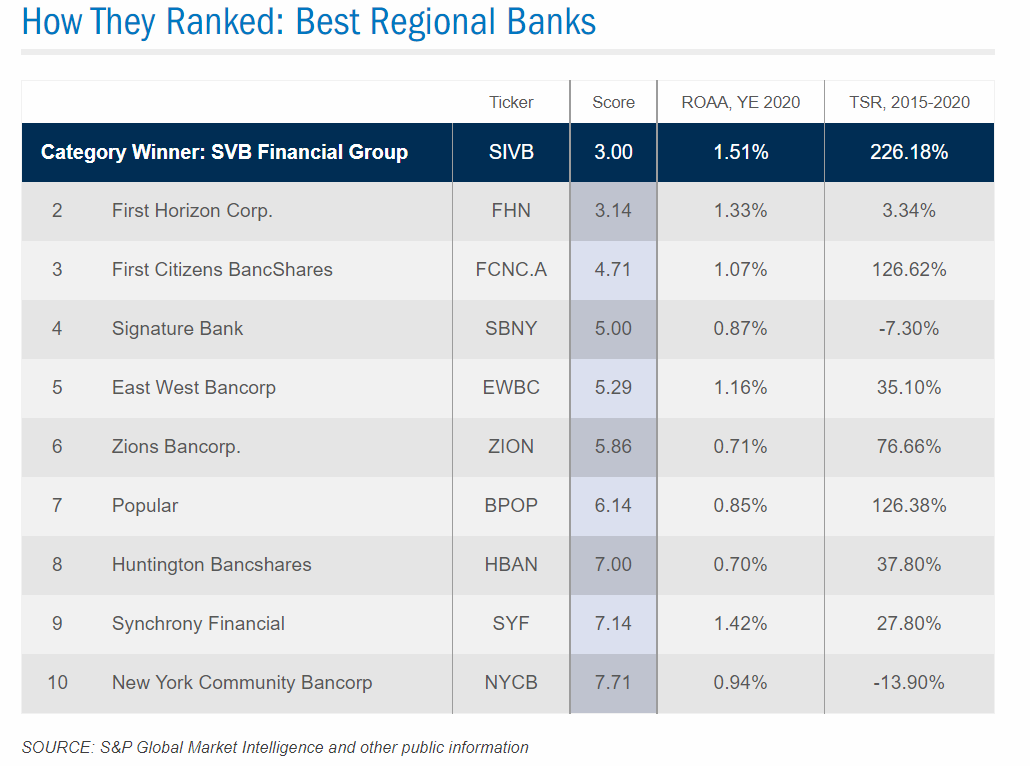Nine more banks failed in the U.S. last Friday bringing the total to 115 this year. Still many more are at risk of failure thru the end of this year and next year. Despite the talk of recovery banks are not out of the woods yet. Though the financials in the S&P 500 are up about 12% so far this year, bank stocks have long ways to go before they return to the normal that existed pre-2008.
So what holds for the U.S. banking industry in the future? Will the U.S. banking industry go thru similar phases that the Japanese banks went thru in the past?
The following chart shows the various phases in Japan’s Banking crisis:
Source: Regional Economic Outlook: Asia and Pacific, IMF
In the first phase from 1990 thru 1996, the banking crisis unraveled in Japan and was followed a fragile recovery followed by the withdrawl of fiscal stimulus. If this were to occur in the U.S., we are now only in the second year of the phase one. Another 6 more years may have to go before phase one ends. In the next phase, renewed stress followed due to monetary tightening. Japan also attempted a second recovery in this period. So from 1990 to 2000, Japan had its lost decade during which recovery was attempted twice. Finally after the dot com crash, private demand picked up and many Japanese banks and companies were restructured which led to a sustained recovery from 2001 thru 2007. Since Japan exports heavily to the largest emerging market of China, the trade helped Japanese economy gain a solid footing after a decade of flat to sluggish growth. It is too early to tell how the US banking industry will look like in the next few years.
As more and more small community banks disappear, regional banks such as U.S. Bank (USB), Regions Financial (RF), PNC Bank (PNC), etc. will become larger by acquiring the assets of failed banks on the cheap.

